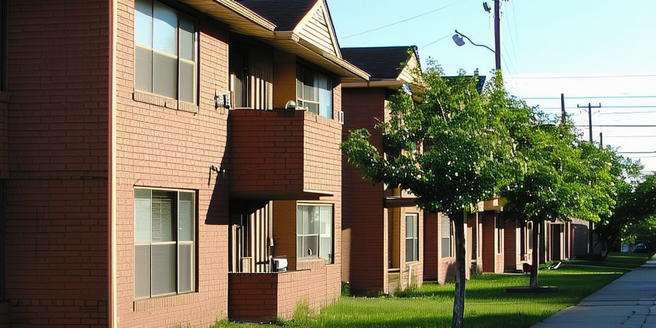Understanding Section 8 Housing
Section 8 Housing, officially referred to as the Housing Choice Voucher Program, represents a significant federal initiative in the United States. This program is specifically designed to support low-income families, the elderly, and individuals with disabilities, helping them afford decent, safe, and sanitary housing options available in the private market. Through this program, financial assistance is extended to eligible participants, reducing their rental burden by allowing them to pay only a portion of their rent directly to the landlord. This financial assistance empowers participants to select suitable housing that best fits their specific needs and preferences, rather than being confined to designated or substandard living spaces. It also promotes the diversification of communities by enabling participants to live in varied neighborhoods. The broad reach of this program underscores its importance as a tool for fostering inclusive communities.
Objective of the Section 8 Housing Program
The fundamental objective of the Section 8 Housing Program is to enhance the living conditions of individuals and families in need by providing them with the means to access better housing opportunities. It recognizes that everyone deserves a chance to live in neighborhoods of their choosing, close to important amenities such as schools, healthcare, and transportation services. Additionally, by integrating low-income families into diverse communities, the program facilitates social mobility and greater economic opportunities for these individuals, helping to break the cycle of poverty.
Important Component of the Housing Program
A critical component of the program is the requirement that landlords ensure their properties comply with the standards set by the program. This encourages the maintenance of housing quality and safety, which benefits both tenants and the broader community. Furthermore, it is crucial for tenants to be informed about their rights and responsibilities under the Section 8 program, enabling them to advocate for themselves effectively and to maintain compliance with program requirements.
The overarching goal of this initiative is to provide families with stability and the opportunity to improve their socioeconomic outcomes. By alleviating one of the most significant financial burdens—housing costs—participants can focus on other areas, such as education, employment, and health, ultimately enhancing their quality of life. Over time, the program can also pave the way for participants to achieve homeownership or reach other important life milestones.
Understanding the Housing Program’s Requirements
Understanding the program’s eligibility requirements and the steps involved in the application process is crucial for individuals and families seeking assistance. The eligibility criteria typically include income thresholds, citizenship or eligible immigration status, and family composition. Navigating the intricacies of the application process can be daunting, but it is a necessary step for those looking to benefit from the program’s support. By becoming well-versed in these aspects, potential applicants can position themselves more favorably for approval and fully leverage the opportunities provided by the Section 8 Housing Program.
How Does The Government Spread Word About the Program
To reach potential applicants, information sessions and workshops are often held by local housing authorities, providing guidance on how to apply and what to expect during the review process. These sessions are invaluable for participants, as they provide a clear understanding of their obligations and the support system available through the program. Moreover, success stories from current or former program participants can serve as motivating examples, highlighting the positive impact that stable, affordable housing can have on one’s life and future prospects. In summary, the Section 8 Housing Program plays a pivotal role in offering low-income households and individuals a chance at a better quality of life by granting them access to affordable housing while promoting community integration and personal development.



